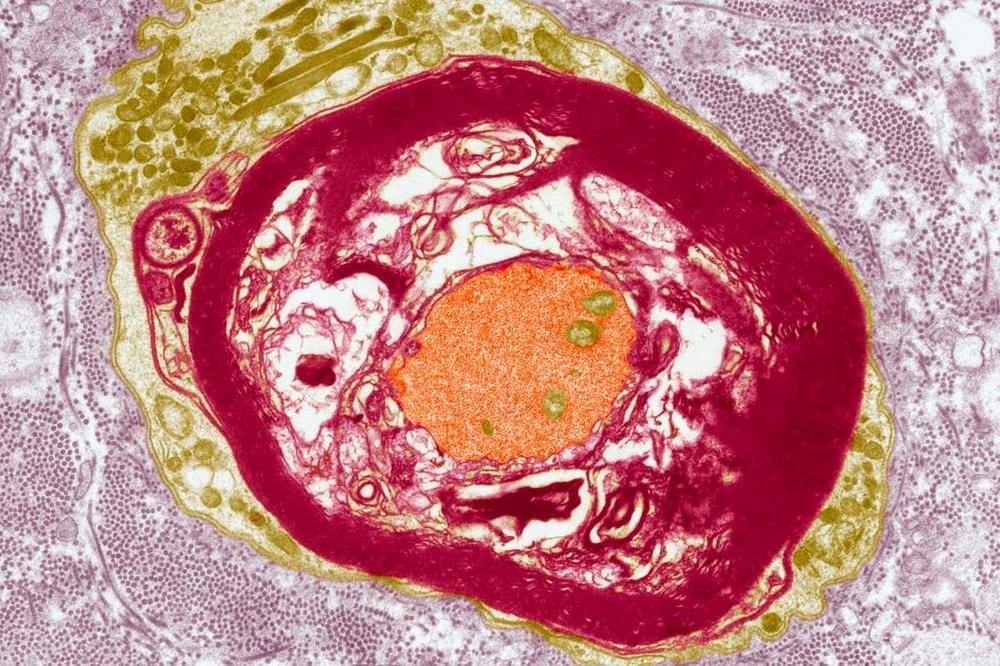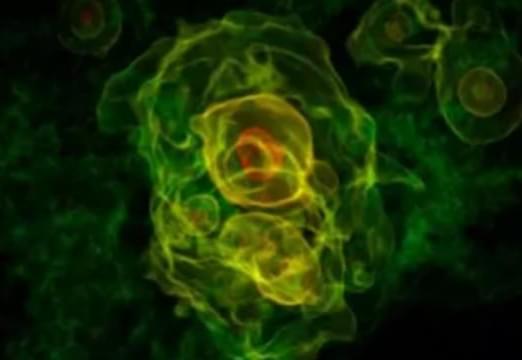IBM’s getting ready to lap the competition in the quantum computing race with the launch of new primitives for Qiskit Runtime. property= description.





Best known therapeutically as a treatment for bipolar disorder, lithium has long intrigued researchers with its potential age-defying properties.
The element has been shown in lab experiments to extend the lifespan of fruit flies and roundworms, while observational studies have suggested tap water naturally laced with trace amounts of lithium might improve human longevity.
Researchers at The University of Toledo have recently found that low-dose lithium acts as a powerful anti-aging agent in the kidneys.

COLORADO SPRINGS — Moog Inc. is quadrupling the size of its Colorado space vehicle production capacity as the New York-based company long known as a spacecraft component supplier expands its role as a space vehicle integrator.
“It’s a proud moment for our company,” Maureen Athoe, Moog Space and Defense Group president, told SpaceNews. “This step takes us to the mission level. We’re going to hear from our customers about what they need not just with components, but with the actual mission.”
This year, Moog is scheduled to integrate nine space vehicles in its new 8,800-square-meter facility in Arvada, Colorado, and its existing 3,000-square-meter plant nearby.


Like something out of a sci-fi movie, the Hubble Space Telescope discovered the most distant star ever seen—through a cosmic fluke.
Nicknamed “Earendel,” the star’s light took 12.9 billion years to reach Earth, and scientists believe it emitted light throughout the first billion years of our universe’s existence. Beside its age, Earendel’s position is also curious. According to NASA, Hubble was able to detect the star thanks to gravitational lensing, a phenomenon in which a massive object (like a galaxy) warps the fabric of space. When light reaches the warped space, it can act like a magnifying glass and highlight objects we’d otherwise have a difficult time seeing.
And that’s how Earendel—whose Old English name is akin to “morning star” or “rising light”—was found (though Tolkien fans will recognize it as a riff on Eärendil, the half-Elven seafarer who carried a Silmaril).


